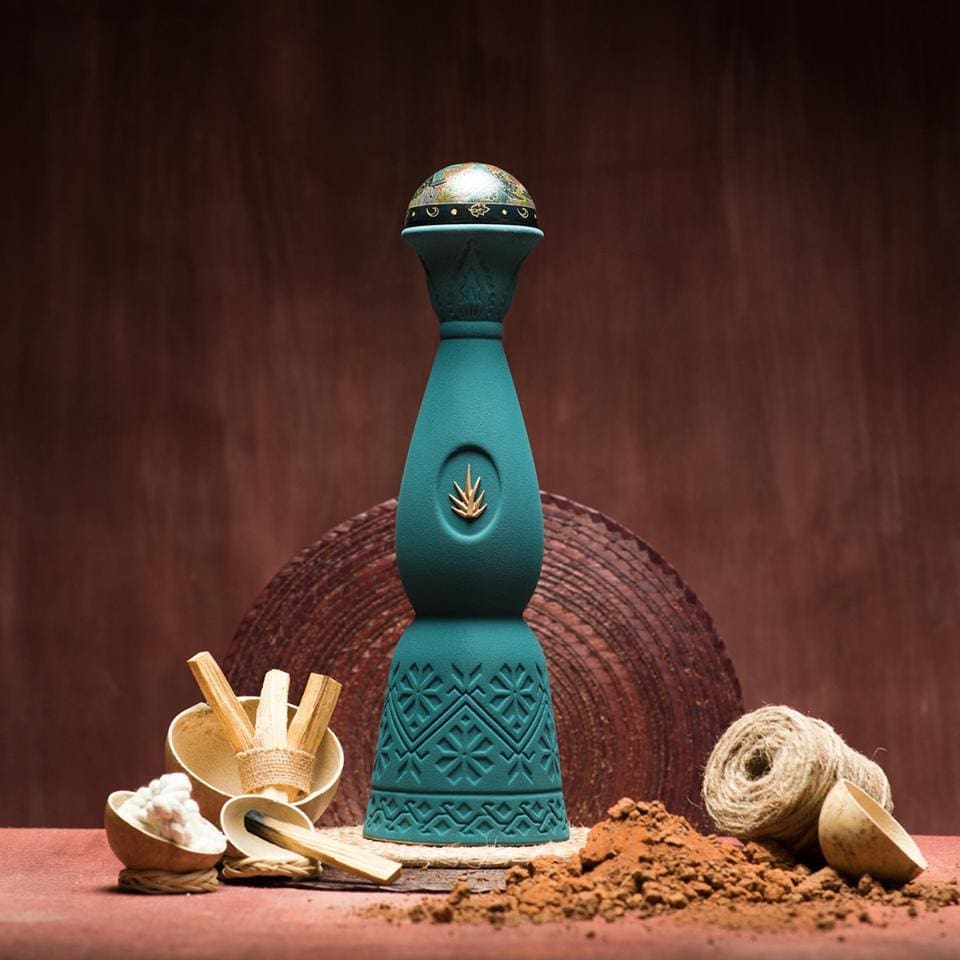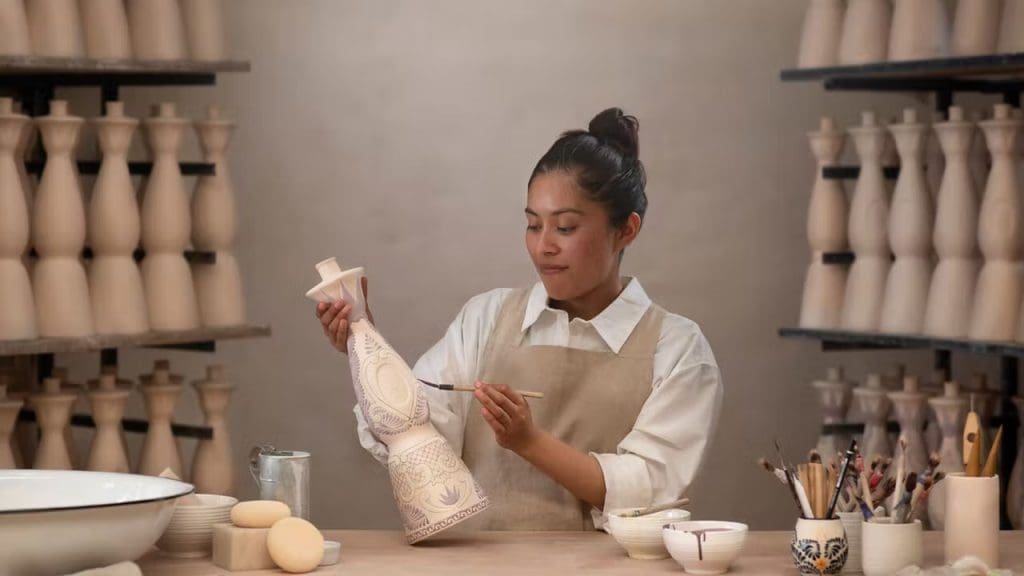Clase Azul: International Success, Local Impact
The premium tequila category has had a meteoric rise over the years, but the epitome of the craftsmanship and the unique origin qualities of good tequila is owned by Clase Azul; a relative newcomer to the scene but one that has wasted no time in setting the benchmark for the category.
The company was founded in 1997 by Arturo Lomeli, a Mexican entrepreneur who was inspired by his love of tequila and his desire to share the beauty of Mexican culture with the world. He began by creating a high-quality tequila that he believed would represent the best of Mexican craftsmanship and excellence.
To help on the mission, Arturo turned to the blue Weber agave plant, which is grown in the Highlands of Jalisco, Mexico. Hence the name, Clase Azul, which means “blue class” in Spanish. The agaves are harvested after 7 to 10 years of growth and are also selected based on size and sugar content, factors that will impact the final flavour and aroma of the tequila.

The leaves of the agave are removed during a process called jima, which exposes the core of the plant, known as the piña. The piñas are slow-cooked in masonry ovens to extract the sugars that result from the cooking process. The cooked piñas are then milled to extract the juice, which is then fermented using a patented yeast strain that imparts a distinctive flavour profile to the tequila. And the intensive process doesn’t end there.
After fermentation, the tequila is distilled twice in copper stills. The first distillation separates the alcohol from the solids, and the second distillation purifies the alcohol and concentrates the flavors and aromas. The resulting tequila is then blended with water to achieve the desired alcohol content.
The company offers a range of tequilas that vary in ageing and flavour profile. Clase Azul Tequila Plata is an unaged tequila that captures the pure, fresh flavours of blue agave. Clase Azul Tequila Reposado is aged for eight months in oak barrels, which imparts a subtle sweetness and hints of vanilla and caramel. Clase Azul Tequila Añejo is aged for 25 months in oak barrels, which creates a more complex flavour profile with notes of oak, smoke, and spice. Clase Azul Tequila Ultra is an extra-aged tequila that is aged for five years in sherry casks, which creates a smooth, rich flavour with hints of dried fruit, caramel, and chocolate.
To match the handcrafted nature of the liquids inside, handcrafted ceramic decanters are created by a team of artisans at Tradición Mazahua, a ceramic workshop that Clase Azul founded in 2007. The workshop is located in the small town of Santa Maria Canchesdá, in the state of Mexico, and employs a group of local artisans who are dedicated to creating the beautiful and unique designs that adorn the Clase Azul bottles. First, the artisans mold the clay into the desired shape and then allow it to dry. Then they paint the design, often using bright colors and intricate patterns that are inspired by Mexican culture and tradition. Finally, the decanter is fired in a kiln to create the smooth, glossy finish that is characteristic of Clase Azul bottles.

And as well as creating job opportunities to leverage the region’s skills, the company is also focused on making a positive impact on the communities through Fundación Causa Azul, which is dedicated to supporting the development and growth of artisans in Mexico. Through the foundation, Clase Azul provides support and resources to help local communities preserve their cultural heritage and develop their skills.
In addition to its work with the foundation, Clase Azul also supports local sports teams, including its own soccer team, the Mazorqueros. The team is made up of young people from the local community, and the goal is to provide them with opportunities to improve their quality of life through education, healthcare and sports.
And there is something fundamental here. Despite its international success, Clase Azul remains deeply rooted in Mexican culture and tradition but also makes a difference to the community where that tradition and culture comes from. We’ll toast to that.

